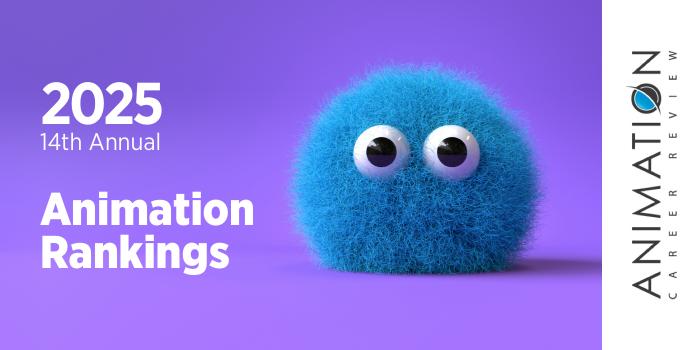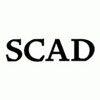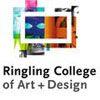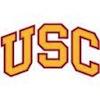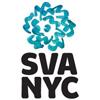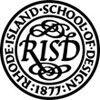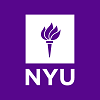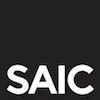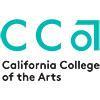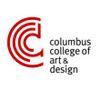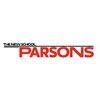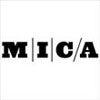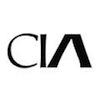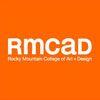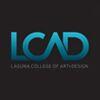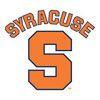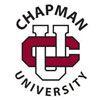Chapman University (Chapman) is home to one of the world’s top 10 film schools. Serving around 16% of all students enrolled, Chapman’s Dodge College of Film and Media Arts (Dodge College) attracts award-winning actors, directors, and producers such as Jon Batiste, Natasha Lyonne, Brit Marling, Alexander Payne, Billy Ray, Lauren Faust, John Musker, and Brenda Chapman. Together, these industry professionals provide master classes, one-on-one mentoring, workshops, and more.
Dodge also regularly welcomes guest speakers such as Michelle Yeoh, Oliver Stone, Barry Jenkins, Judd Apatow, Brendan Fraser, and Alejandro G. Inarritu.
One of the first major film schools to implement a hyper-realistic LED screen, Dodge plans to open a state-of-the-art virtual studio (Innovation Hub), which will link students with future advancements in the entertainment world. Other Dodge facilities include the collaborative space known as the Digital Media Arts Center (DMAC); Chapman Studios West; and Marion Knott Studios.
Inspired by the creative spaces at major studios such as Disney, Pixar, Microsoft, and Google, the DMAC is an 18,000 square-feet space that features a 2D Animation Lab; a traditional skylit art studio with 25 workstations; a 100-seat screening room; a 1,500 square-feet directing stage; two digital arts labs with the latest Maya software for 3D design and animation; a full 65-blade render farm powered by Quanta and Intel Xeon computers; and 10 private digital arts editing suites.
Chapman Studios West is a 38,000 square-feet building that supports Dodge College’s documentary filmmaking program. Additional spaces include a 50-seat 900 square-feet screening room; a 6,000 square-feet scene shop; and a 7,000 square-feet prop and set warehouse with over 18,000 pieces.
Designed to function as a real-world working production studio, Marion Knott Studios is a 76,000 square-feet space that houses state-of-the-art facilities such as 36 individual editing suites; a production design studio; cinematography and directing stages; computer labs; hair and makeup rooms; a media library; audition rooms; a set design shop; mixing studios; a production management office; and a 500-seat theater. Across facilities, students have unlimited access to industry software and tools such Houdini, Toon Boom, ZBrush, Nuke, Adobe, Unreal Engine, Maya, Blender, and Rokoko.
In addition to extensive production facilities and resources, Chapman’s Dodge College provides immersive programs that combine filmmaking, filmmaking history, animation, writing, screenwriting, advertising, PR, and producing. A popular option for animators is the Animation and Visual Effects (AVE).
Leading to a BFA, the AVE program allows students to focus in CG Animation, 2D Animation, or Visual Effects. Note that course requirements and electives may overlap. Course examples for the CG Area include 3D Computer Graphics I-II; Storytelling in Animation and Visual Effects; Advanced Pre-Visualization for Motion Pictures; Pinocchio and Co: The Puppet Across Media; Advanced Character Animation for CG; History and Aesthetics of Animation and Visual Effects; Storyboarding and Story Reels; Character Design; Animation and Visual Effects: Evenings with the Experts; Short-Form Film and TV Analysis; Production Design for Animation and Visual Effects; Cinematography; and Audio Techniques.
2D students will take courses such as Advanced Storyboards and Character Layout; Figure Drawing for Animators; Production Design for Animation and Visual Effects; Writing for Animation; 2D Computer Graphics I-II; Mechanics of Motion; Writing for Film and TV; Animation and Visual Effects: Evenings with the Experts; Audio Design; Color and Design: Principles and Practice; and Character Design.
In the Visual Effects area, students will take courses such as Advanced Visual Effects Production and Workflow; Compositing for Visual Effects; Advanced Pre-visualization for Motion Pictures; Virtual Production Workshop for Animation and Visual Effects; Unreal Engine for Filmmakers; Advanced 3D Computer Graphics for Visual Effects; and On-Set and Post-Production Visual Effects Supervision.
All Dodge College AVE students will complete Senior Thesis I: Concept Development; Senior Thesis II: Pre-Production and Production I; and Senior Thesis III: Production II and Post-Production.
During the final years of the AVE program at Chapman University, all students may complete an internship with Disney, Pixar, DreamWorks, Nickelodeon, or Blizzard Entertainment, among others. All Dodge College students also have the opportunity to study abroad at Gobelins Paris, and in places such as Mozambique, Japan, New Zealand, Thailand, Peru, or Italy.
Across programs, AVE students may participate in student clubs such as the Chapman Animation and Visual Effects Club; the Virtual Reality/AR Club; or The Collective.
Graduates of the AVE BFA program at Chapman University are prepared to pursue careers across the animation/film, television, and game industries, among others. Program alumni can be found at places such as Nickelodeon, Sony Pictures, Marvel, DreamWorks, Blizzard Entertainment, DNEG, PlayStation, Netflix, Bento Box, Lightstorm Entertainment, The Third Floor, and Frame48.


